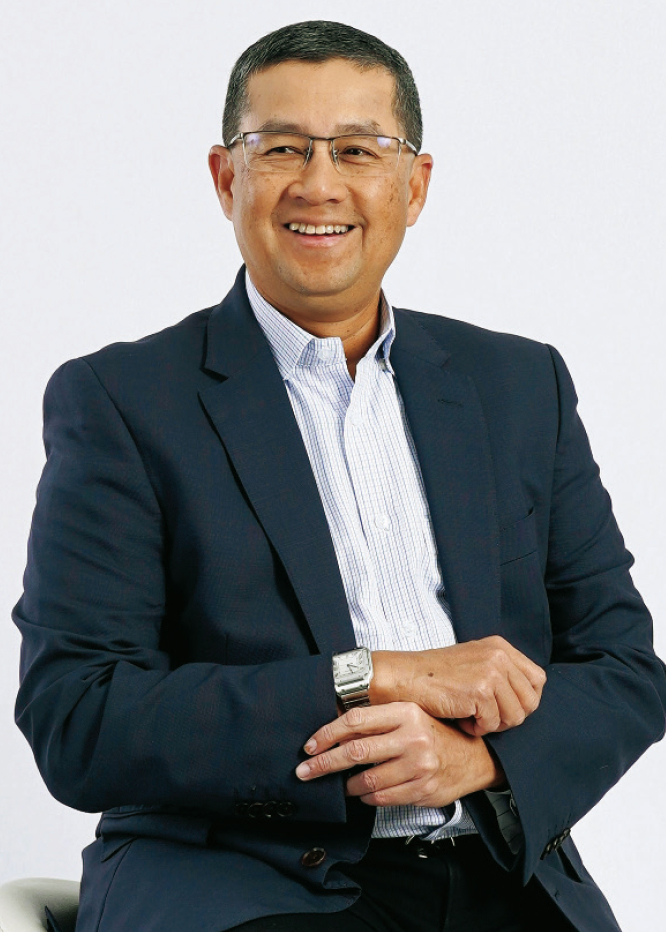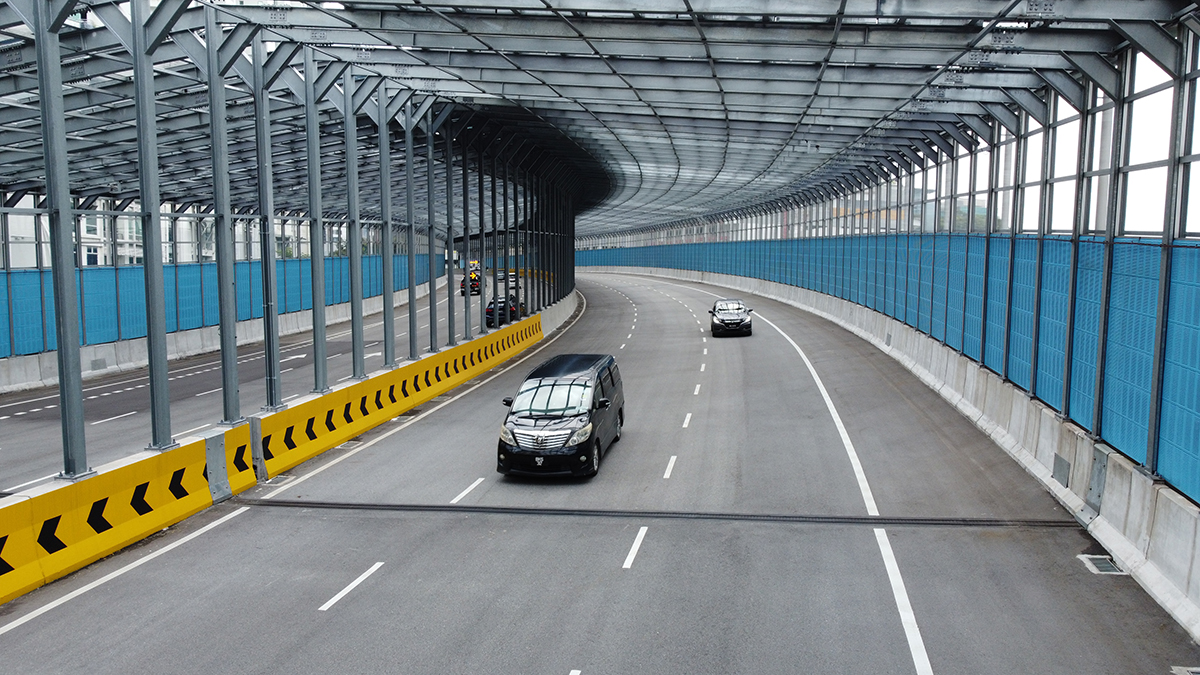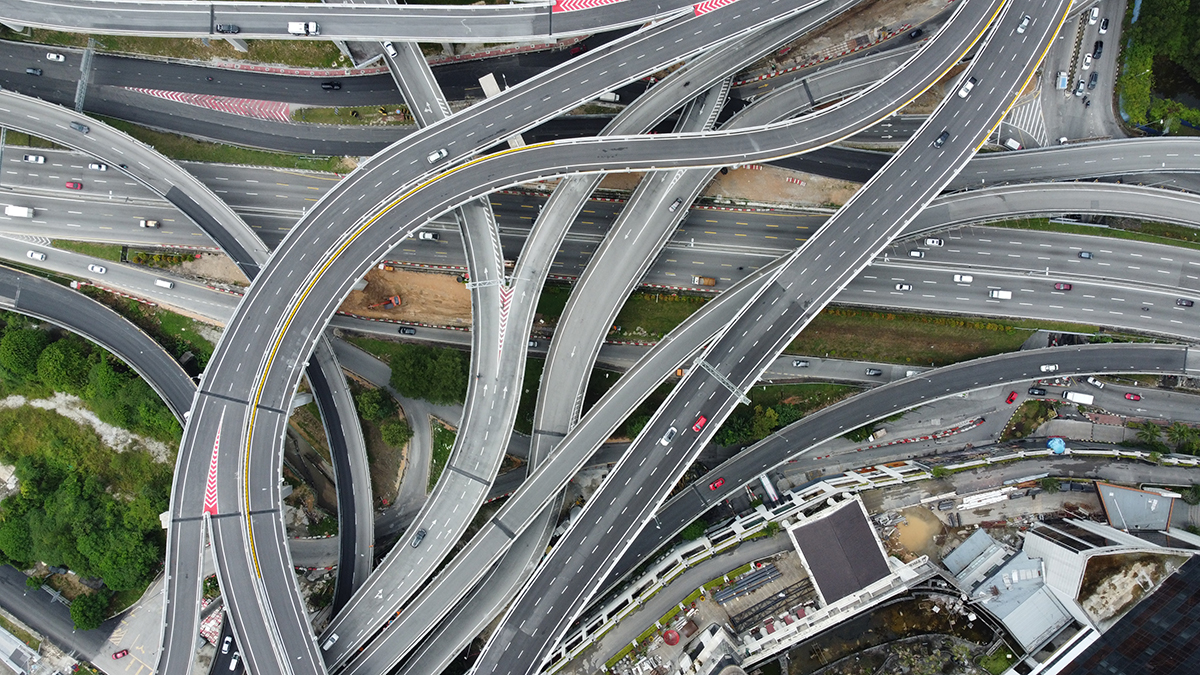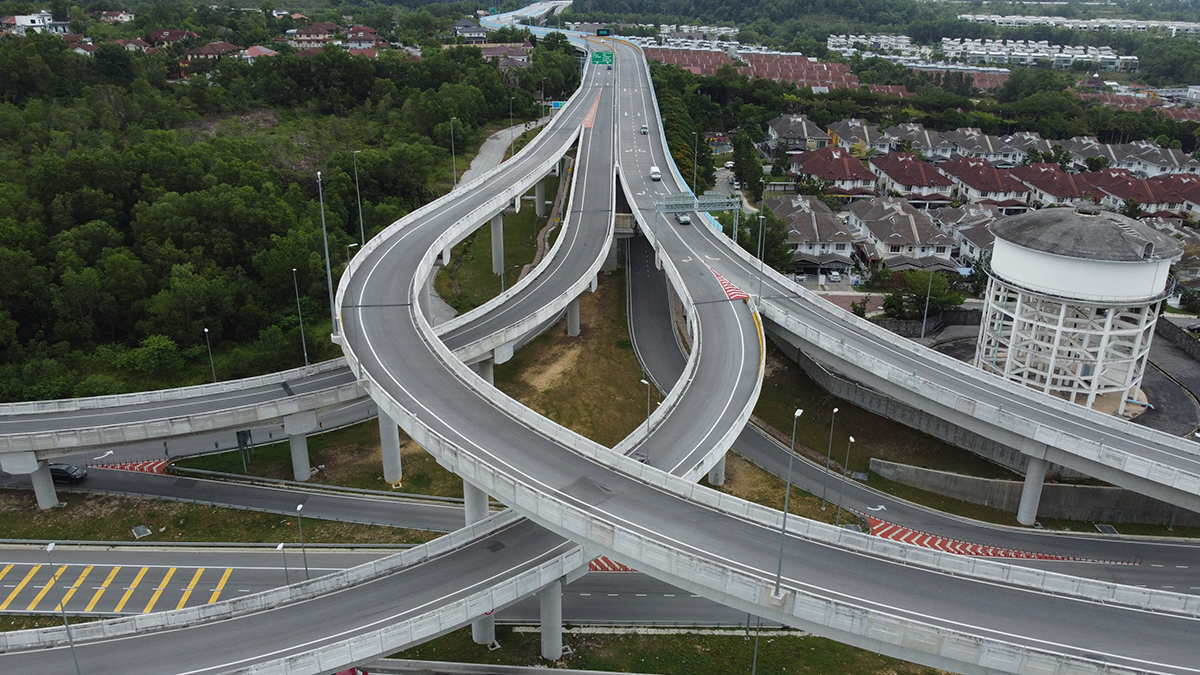
It is estimated that working Malaysians waste about a million hours a year in traffic jams. That time could have been used more productively, such as spending another hour at work or catching up on social activities. The wasted hours also come at a cost, which economists call an opportunity cost.
The World Bank report titled “Malaysia Economic Monitor, June 2015 — Transforming Urban Transport” states that wasting a million hours collectively in traffic jams totals RM10 billion to RM20 billion a year.
Traffic has returned to normal and is congesting as vehicle capacity increases during this endemic phase. The two new expressways in the Klang Valley, namely the Damansara-Shah Alam Elevated Expressway (DASH) and the Sungai Besi-Ulu Kelang Elevated Expressway (SUKE), were expected to connect communities to the city in a shorter and faster way, bypassing the heavy traffic on the main access routes such as the Kuala Lumpur Middle Ring Road 2 (MRR2) and Persiaran Mokhtar Dahari (Shah Alam-Batu Arang Highway).
Despite construction delays mainly due to supply chain disruptions, labour shortages, utility diversion, additional work outside the original scope and the Movement Control Order (MCO), SUKE was opened to the public for Phase 1 from Sept 16, while DASH was officially opened by Projek Lintasan Kota Holdings Sdn Bhd (Prolintas) on Oct 14.
“The opening of the two key highways — DASH and SUKE — will ease congestion by connecting and offering traffic dispersion to and from the Greater Klang Valley area into the heart of Kuala Lumpur’s international financial hub, thus addressing the time lost that Malaysians are experiencing,” Prolintas group CEO Datuk Mohammad Azlan Abdullah tells The Edge in an email.
DASH runs from Puncak Perdana, Shah Alam, and ends at Penchala in the teeming town of Damansara. The 20.1km route includes 13 interchanges: Puncak Perdana, Alam Suria, Denai Alam, Kampung Melayu Subang, Pinggiran Subang, Subang Dua, Subang Airport, RRIM (Kwasa Damansara), Surian, Seksyen 5, Kota Damansara, Sunway Damansara and Damansara Perdana.
The expressway, which is estimated to hit nearly 50,000 road users in daily traffic, is now completed and has cost RM4.2 billion. It will provide a much-needed traffic dispersal alternative in highly congested areas and a solution to the main traffic congestion along Persiaran Mokhtar Dahari, which currently serves as the primary access to the surrounding developments.
DASH will cut travel time from Damansara to Shah Alam by 30 minutes — saving an hour of travel time via existing routes — of the current route and accommodate the future increase in road capacity with the upcoming new development along the highway route, especially in the current heyday of Puncak Perdana. In addition, it will act as an economic catalyst, considering the community facilities available at the rest and service areas, the planned orchard farms, the ease of access to Subang Airport, and much more.
SUKE, which is currently 98.67% complete (as at Nov 25, 2022) is a 24.4km, three-lane dual carriageway expressway connecting Sri Petaling with Ulu Kelang and has 14 interchanges providing access to over 60 residential areas. Costing RM5.7 billion in construction, it will be completed by the first quarter of 2023.
The Prolintas group CEO says the expressway, which is expected to have 120,000 average road users for full opening next year, will help reduce traffic on MRR2 by 30% during peak hours by minimising congestion in Cheras, Pandan Indah and Ampang. SUKE will complete a ring of interconnected highways and roads in and around the Klang Valley as well as the existing Shah Alam Expressway (Kesas), KL-Seremban Highway, Sungai Besi Expressway (Besraya), MRR2, Cheras-Kajang Highway, Ampang-Kuala Lumpur Elevated Highway (AKLEH), Duta-Ulu Klang Expressway (DUKE) and East Klang Valley Expressway (EKVE), in the future.
“SUKE is like a mirror to MRR2 in the east part of the Klang Valley and will definitely become the route of choice for highway users to skip the heavy traffic mainly at MRR2 and CKE (Grand Saga). The development of the rest service area at Tasik Tambahan will create demand for economic growth in the surrounding area. The expected tallest multi-tier toll plaza complex at Alam Damai will complement the community facilities and attract more businesses. SUKE will also call for more investors for city development.
“The traffic at MRR2 is now less congested since the opening of SUKE Phase 1. However, Prolintas will continuously work with the relevant authorities to resolve some of the bottleneck spots that need to be monitored from time to time.
This is not only to provide alternatives to road users but also to upgrade the conditions of the local roads along these expressways’ alignments,” Mohammad Azlan explains.
As both expressways are built to improve traffic flow through the metropolitan area, the CEO says, some ramps on the routes at SUKE and DASH will allow motorists to bypass congestion to get to the nearest mass rapid transit (MRT) and light rail transit (LRT) stations.
“For example, the ramp from DASH at Persiaran Surian makes it easier to get to the Kota Damansara MRT station and one can access the Ampang LRT line via SUKE,” he adds.
Challenging set-ups for construction of DASH and SUKE
About 90% of both expressways are elevated, and a significant portion of these elevated stretches traverses existing highways or major roads, or commercial or industrial as well as residential areas.
“This makes it difficult, if not impossible, to carry out the superstructure construction on site. The contractors therefore adopted the most commonly used approach for elevated highways, in which concrete beams and concrete segmental box girders are precasted and prestressed at fabrication yards before being transported to the site for installation or launching,” says Mohammad Azlan.
One of DASH’s most challenging set-ups is at Jalan Sungai Buloh, as it had to be built over main roads. The mainline located in between high-rise residential buildings is another challenge crossing Mutiara Damansara to Damansara Perdana, with a full-cover noise barrier solution.
“Not to forget, the construction of DASH at the Spaghetti Junction, as it is the only [section] along the entire DASH alignment where it was necessary to use segmental box girders, as opposed to precast beams, in order to accommodate the highway’s curvature and radius. One 50m stretch across six spans was cast entirely in situ because of variations in the measurements of the segment,” notes the CEO.
On the other hand, SUKE’s challenges are mainly the construction works above the live traffic. For example, with the double-deck structure hovering over Persiaran Alam Damai and Taman Len Seng, as well as the elevated mainline over MRR2, which is heavily congested practically all the time, requiring a comprehensive traffic management plan, contractors are taking a stop-and-start work approach, as prolonged road closure or traffic detour is not a good choice.
“Few in the alignment are also crossing above railway reserves and the existing MRT Kajang Line (MRT SBK Line), and also going under the MRT Putrajaya Line (MRT SSP Line). The project team had to work against the clock as there were only two-hour blocks daily to build above the MRT SBK Line. The highest structures built at Alam Damai and the Cheras-Kajang interchange are particularly challenging, given that the alignment is over 50m high, which is equivalent to an 18-storey building,” says Mohammad Azlan.






